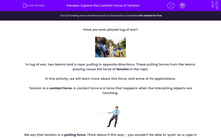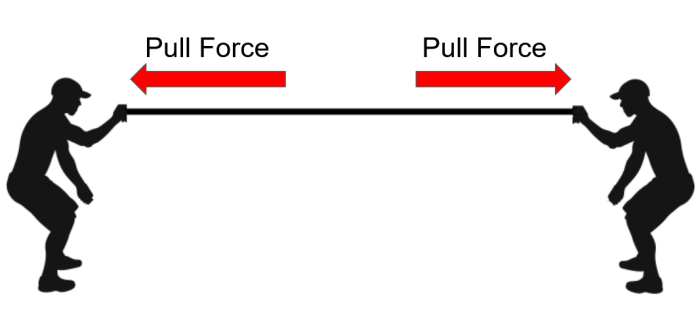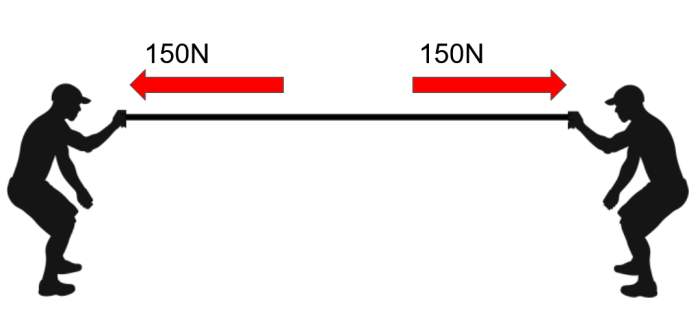Have you ever played tug of war?

In tug of war, two teams hold a rope, pulling in opposite directions. These pulling forces from the teams playing cause the force of tension in the rope.
In this activity, we will learn more about this force, and some of its applications.
Tension is a contact force. A contact force is a force that happens when the interacting objects are touching.
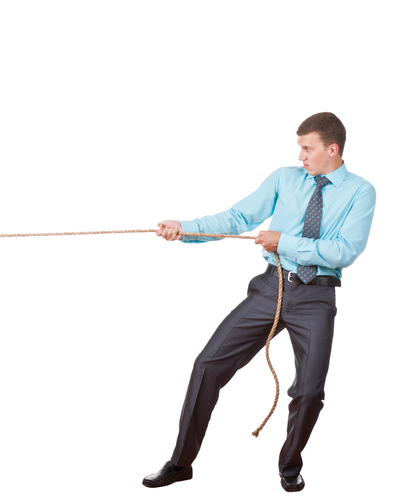
We say that tension is a pulling force. Think about it this way - you wouldn't be able to 'push' on a rope in the same way that you could pull it!
So, tension is the force that happens when some sort of rope (or similar) pulls on an object.
Tension only happens when there are two forces acting on the rope. If you pulled a rope across the floor with nothing tied to it, there wouldn't be any tension in the rope. But, if you attached the rope to a heavy object and pulled on the rope, this time there would be tension. That's because there would be two opposing forces acting on the rope.
In this image, we can see an example - two people pull on a rope, and they are causing equal pull forces in opposite directions. This causes a tension force in the rope.
Tension can happen in lots of materials, not just ropes. There can be tension forces in objects like cords and springs.
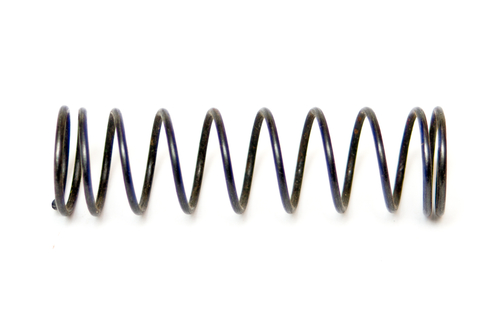
Tension can be a really useful force. Tension forces can help us to lift things, like the example below of someone using a pulley to lift an object.
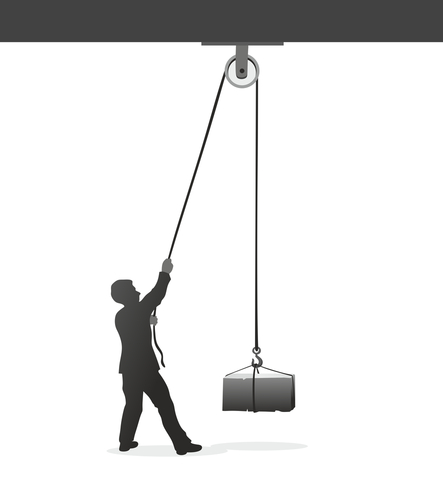
We can use tension to tow broken down cars, or for bungee jumping. Cranes use the force of tension to lift and move very heavy objects.
.jpg)
How big are tension forces? Let's look at a situation where a rope experiences two forces and they are balanced, in the opposite direction.
In this case, each person pulls on the rope with a force of 150 N. The forces are balanced.
When there is tension in a rope caused by two balanced forces, the tension is equal to one of the forces. So, in this example, the tension in the rope is 150 N.
Now that we have developed our understanding of tension, let's try some questions.

